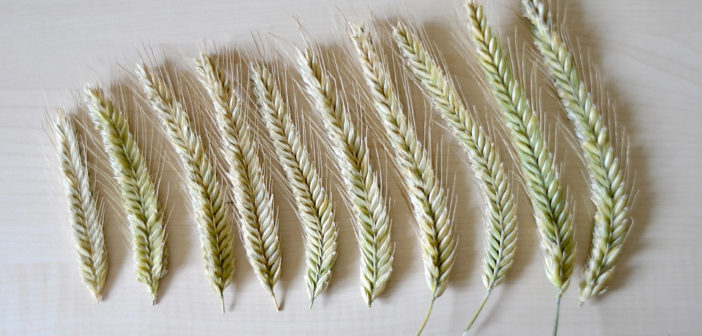Operators of anaerobic digestion (AD) systems could improve performance levels by moving to hybrid rye varieties carrying more grains per ear.
According to John Burgess, KWS maize and hybrid rye product manager, growers should focus on grains per ear, rather than plant height to increase wholecrop yields.
“There is a balance to be had between plant height and grains per ear when seeking to maximise wholecrop yields, but with the ear contributing roughly 50% of the final yield variety choice and diligent use of plant growth regulators are essential,” he says.
There is a belief, he says, that plant height is the key to achieving high yields, but that this overlooks the valuable contribution that comes from managing the canopy to increase ear development.
“Breeding advances have focussed on improving yields through bigger ears while making canopy management easier through better stability and standing power. New AD varieties, such as KWS Propower and, for 2018 KWS Eterno and KWS Edmondo, deliver higher yields than the benchmark variety KWS Progas, but are slightly shorter and more manageable,” says John Burgess.
Nutrient management too is important with trials performed by KWS in 2017 suggesting that the wholecrop yield of KWS Propower for example, increase by more than 15% with a small increase in nitrogen rate.
“Across all our specialist AD varieties we observed a yield increase when nitrogen applications rose form 50 kg N/ha to 80 kg N/ha with KWS Propower, KWS Edmondo and KWS Eterno showing the biggest responses of between 10 and 15%,” says John Burgess.
Application timing is equally important as hybrid rye is quick to move through stem extension.
“Nitrogen should be applied in two splits between growth stages 29 and 32 which coincides with T0 and T1 fungicide timings,” he adds.




